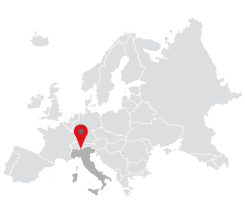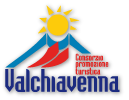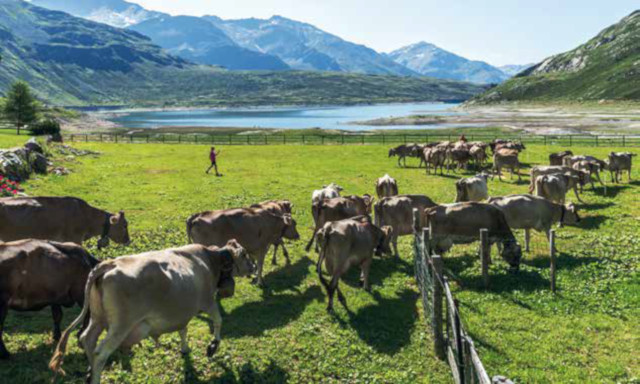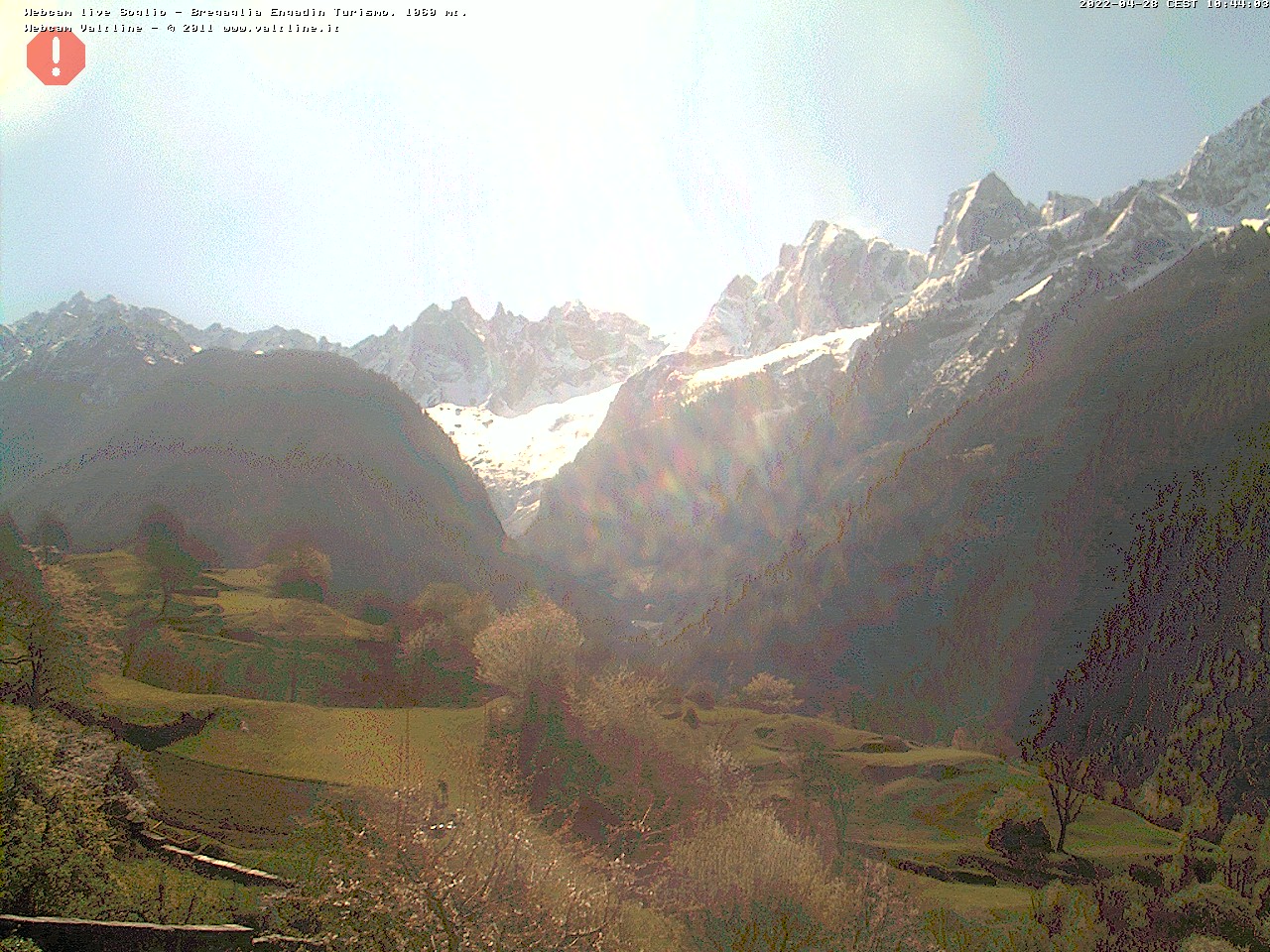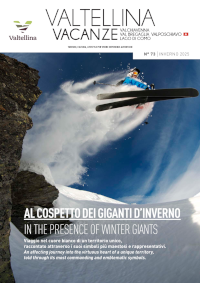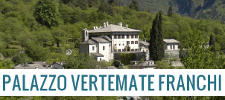by Enrico Minotti
Every summer the pilgrimage of animals towards the upper pastures is repeated. The lush, open grasslands above 1800 metres provide the ideal terrain for their long sojourn under the sun. Old tales and tradition, behind which man’s endeavours and sacrifice are often obscured. Hikers accustomed to such heights are only too aware of ruins and remains of abandoned pastures. And it’s increasingly rare to come across grazing herds, although recent years have seen a renewed interest from young people in this very particular mountain existence. It’s a return that would be especially desirable, a repopulation of mountain pastures, offering genuine work opportunities, ensuring continuity in the maintenance of the environment and territory, incorporating activities like mowing and weeding, whilst safeguarding biodiversity, challenging hydrogeological instability and - not least - depopulation. Life in the Alps, almost always organised on a family basis, is demanding alright, and despite the adoption of modest forms of mechanisation to counter the very physical fatigue, it invariably involves an exceptional daily commitment. A 4.00 a.m. alarm call for the morning milking before taking the animals to pasture where they remain until being gathered in again for the second, at around 5.00 in the afternoon. Of course it remains a lifestyle choice, not one for fortune-seekers perhaps, but ideal for a gentle, peaceful existence, without the stress of typical city professions. Naturally there are problems and hardships (even translators have them!) but the life of the “Alpine dweller” offers up ample satisfaction: the proud spectacle of magnificent beasts, the production of quality cheeses and butter, a life respecting and regenerating ancient traditions, operating in perfect
harmony with the environment.
I spent a few days with these hardy souls in order to write this piece and get to know their culture and roots. It was a humbling, profound experience and I recommend to everyone to visit the Alpine village of Montespluga, at the head of the Valle Spluga, nestling around the reservoir there. The heart of this little place – at around 1900m – happily remains the destination of some Alpine farmers, and retains the possibility of appreciating the “agrofood” supply chain of milk, of assisting in the milking, to meet the very producers themselves, watch the cheesemaker at work and of course to purchase directly. The outlet situated just below the dam wall serves up a wide variety of dairy produce made in the surrounding locality.
